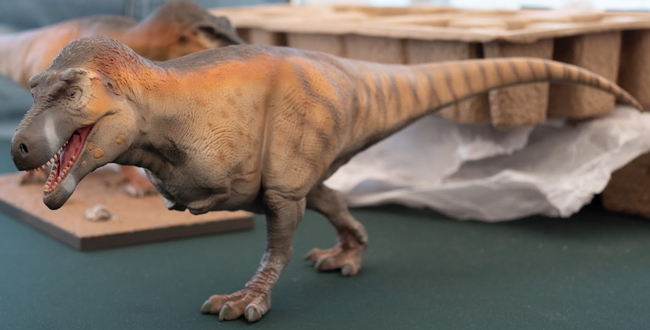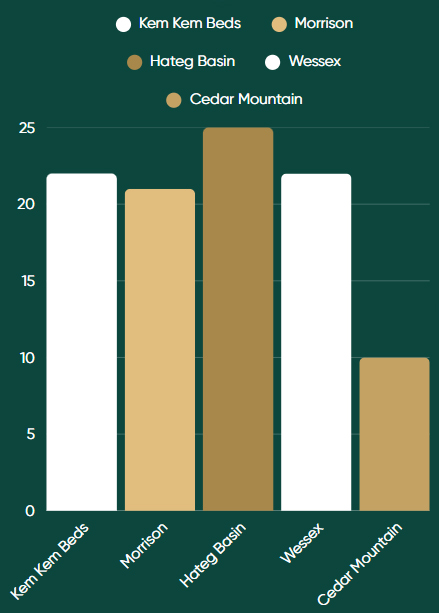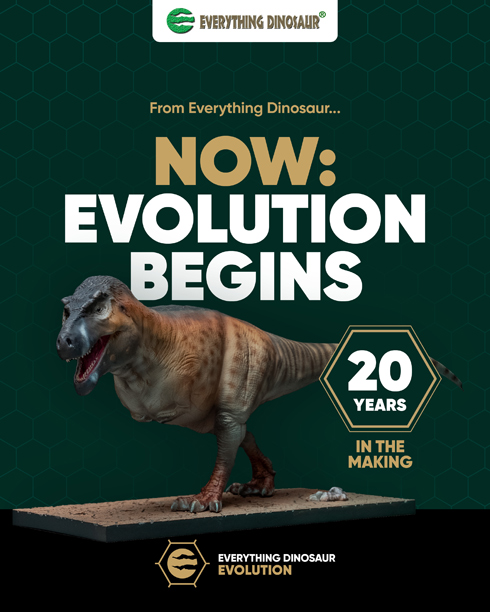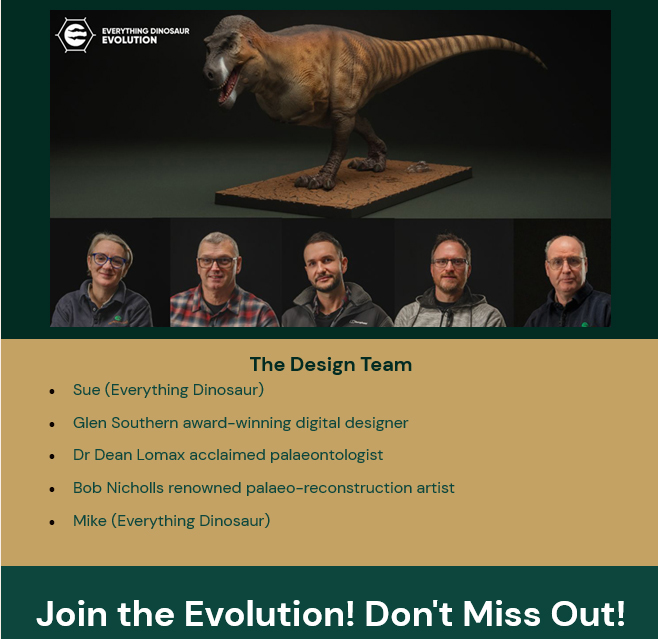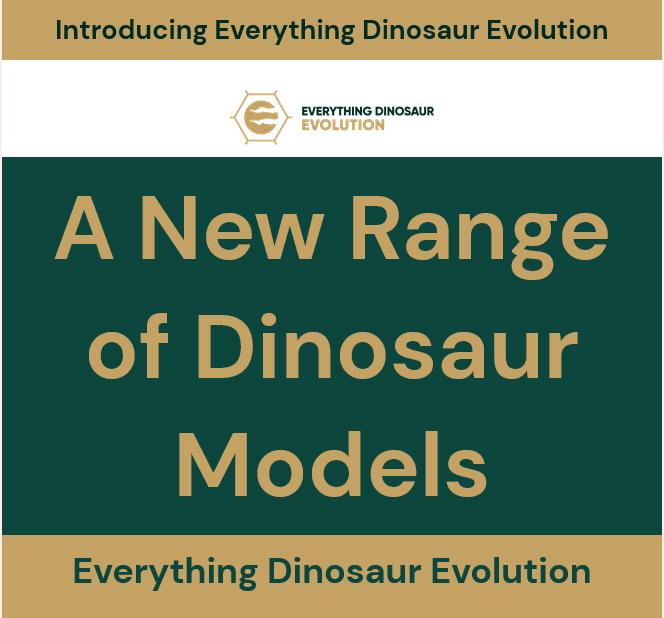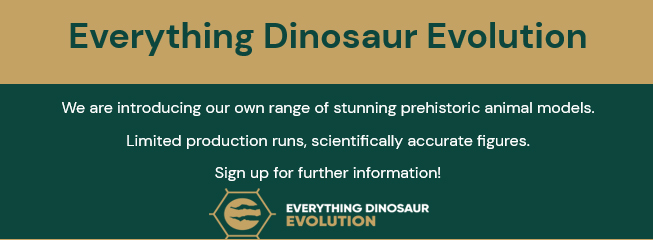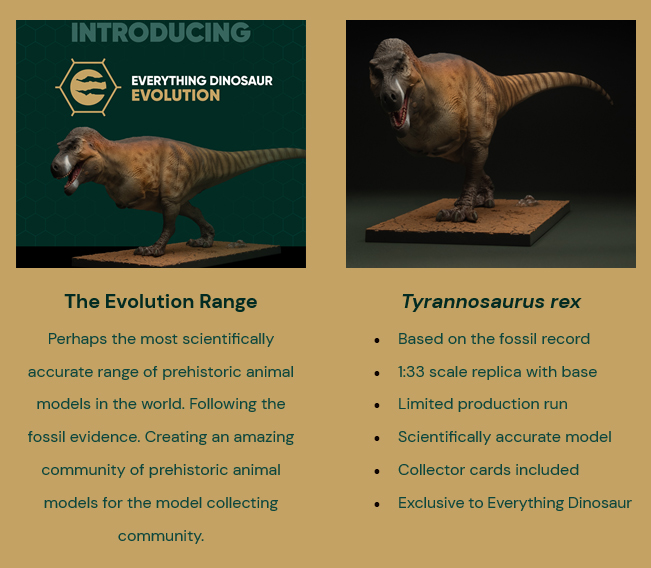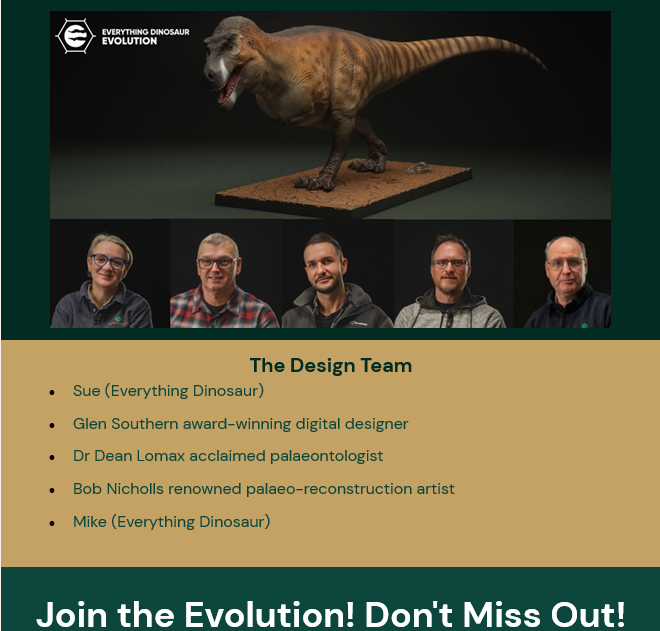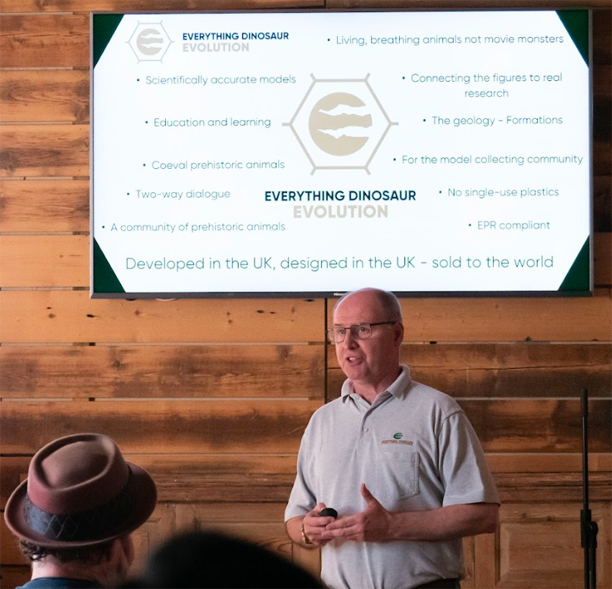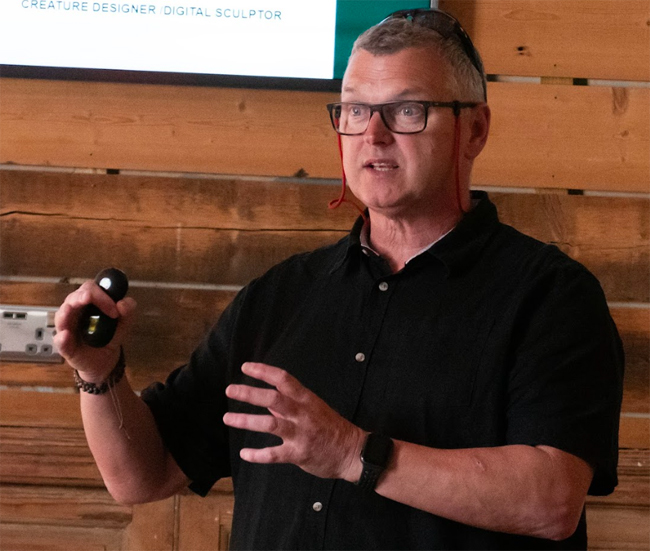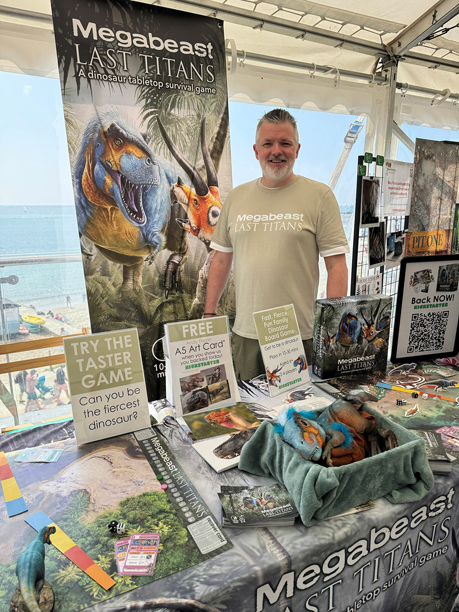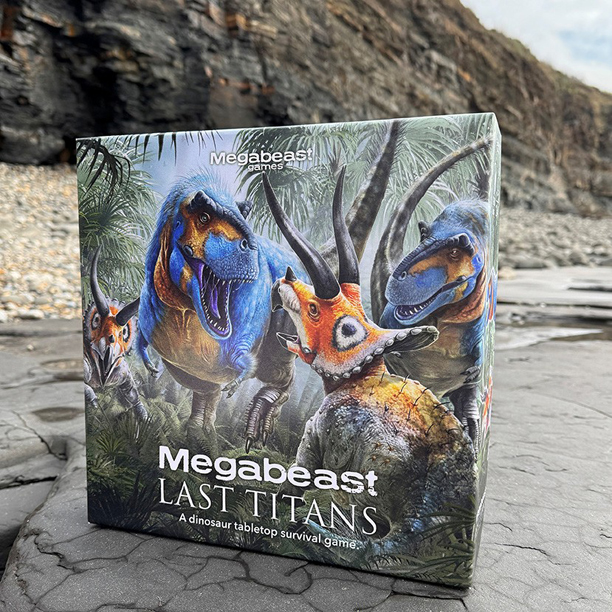Researchers have described a new species of non-cerapodan neornithischian from the famous Upper Jurassic Morrison Formation of the western United States. The dinosaur has been named Enigmacursor mollyborthwickae. It is the most complete three-dimensionally preserved small ornithischian from the Morrison Formation known to date. In addition, it is likely that there are numerous other small-bodied dinosaurs awaiting discovery. The researchers, writing in the academic journal Royal Society Open Science conclude that small ornithischians are probably underrepresented. Although the fossil record of these small dinosaurs is poor, Morrison Formation ornithischian species richness was likely higher than currently accepted.
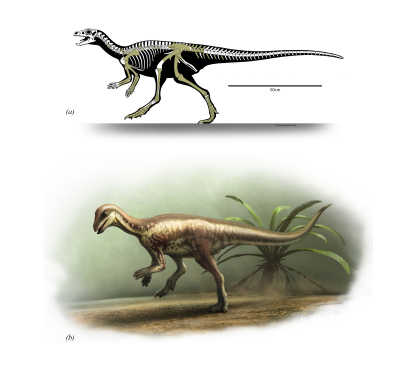
A skeletal reconstruction (a) and (b) speculative life appearance of Enigmacursor mollyborthwickae. The shaded areas in the skeletal reconstruction represent known fossil material. Picture credit: Artwork by Bob Nicholls.
Picture credit: Artwork by Bob Nicholls (published in Royal Society Open Science)
Enigmacursor mollyborthwickae
The fossil material consists of a partial skeleton consisting of appendicular elements (limb bones), cervical, dorsal and caudal vertebrae, hip bones and three teeth. It was found on privately owned land (Moffat County, Colorado) and excavated by a commercial fossil collecting company. The fossil specimen now named NHMUK PV R 39000 was acquired by the London Natural History Museum in 2024.
The genus name is derived from “Enigma” which means puzzle or mystery. This is in reference to the convoluted taxonomic history of small-bodied ornithischian dinosaurs associated with the Morrison Formation. Furthermore, the genus name is derived from the Latin “cursor” for runner in recognition of the dinosaur’s elongated hind limbs and feet, adaptations for fast running. The species name honours Molly Borthwick. Her generous donation allowed the London Natural History Museum to purchase the specimen.
A Subadult Specimen
The Enigmacursor mollyborthwickae fossils probably represent a subadult. Even when fully grown this dinosaur was tiny when compared to Morrison Formation giants such as Brontosaurus, Diplodocus, Apatosaurus and Stegosaurus. It is thought that this dinosaur measured around 1.8 metres in length with a head height of approximately 65 centimetres. Its tail was probably longer than the rest of its body.
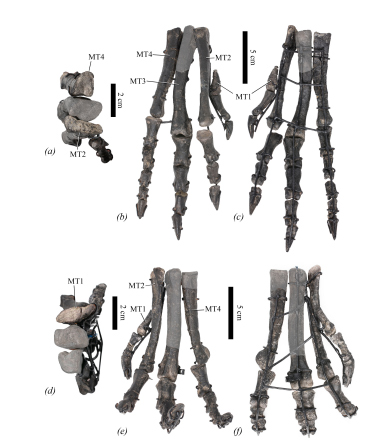
The elongated feet (pedes) of the newly described (2025) non-cerapodan neornithischian E. mollyborthwickae. The feet and long hind limbs indicate that this small dinosaur was a fast runner. Picture credit: Royal Society Open Science.
Picture credit: Royal Society Open Science
The picture (above) shows the reconstructed feet (pedes) of Enigmacursor. The right foot (pes) is represented in images a to c, whereas the left pes is shown in images d to f.
Key
Pedes of specimen number NHMUK PV R 39000, Enigmacursor mollyborthwickae, in (a–c) right pes; (d–f) left pes. Proximal views (a and d). Anterior/flexor views (b and e). Posterior/plantar views (c and f). Note that MT equals metatarsal and that the greyed-out areas indicate reconstruction. Scale bars for b, c, e and f equal five cm. In contrast, the scale bars for images a and d are two cm.
Living Alongside Giants
Although the remains of small, cursorial ornithischian dinosaurs from the Morrison Formation have been known about for over 150 years, most of the 19th and early 20th century specimens are poorly preserved and incomplete. These dinosaurs have tended to be overlooked as palaeontologists focused on the larger taxa present. Many of these small ornithischians are designated nomina dubia. This means that any scientific name applied is doubtful and likely to be invalid.
Small dinosaurs from the Upper Jurassic Morrison Formation are not the only extinct animals to suffer from this form of bias. When modern ecosystems are studied, it is very notable that living alongside the megafauna there is a whole array of smaller animals. It is likely that ecosystems in the Mesozoic were similar with many more types of small dinosaur (under one hundred kilograms), living amongst much larger animals.
To read a related article about a small, almost overlooked pachycephalosaur: A New Bone-headed Dinosaur is Scientifically Described.
Fortunately, the fossils of Enigmacursor will have the opportunity to take centre stage. This little dinosaur is part of a new exhibit at the London Natural History Museum. This is the first new fossil dinosaur exhibit at the Museum for eleven years. Ironically, the last new dinosaur exhibit at the Museum was a contemporary of E. mollyborthwickae. In 2014, the London Natural History Museum opened a new exhibit featuring a Stegosaurus.
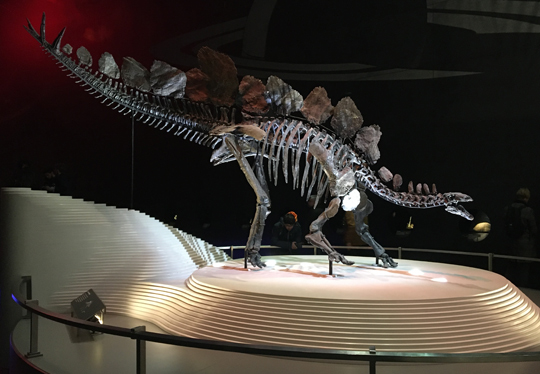
Right lateral View of “Sophie” the Stegosaurus (London Natural History Museum). Picture credit: Everything Dinosaur.
Picture credit: Everything Dinosaur
Everything Dinosaur acknowledges the assistance of the Royal Society open access paper in the compilation of this article.
The scientific paper: “Enigmacursor mollyborthwickae, a neornithischian dinosaur from the Upper Jurassic Morrison Formation of the western USA” by Susannah C. R. Maidment and Paul M. Barrett published by Royal Society Open Science.
The award-winning Everything Dinosaur website: Dinosaur and Prehistoric Animal Models.





